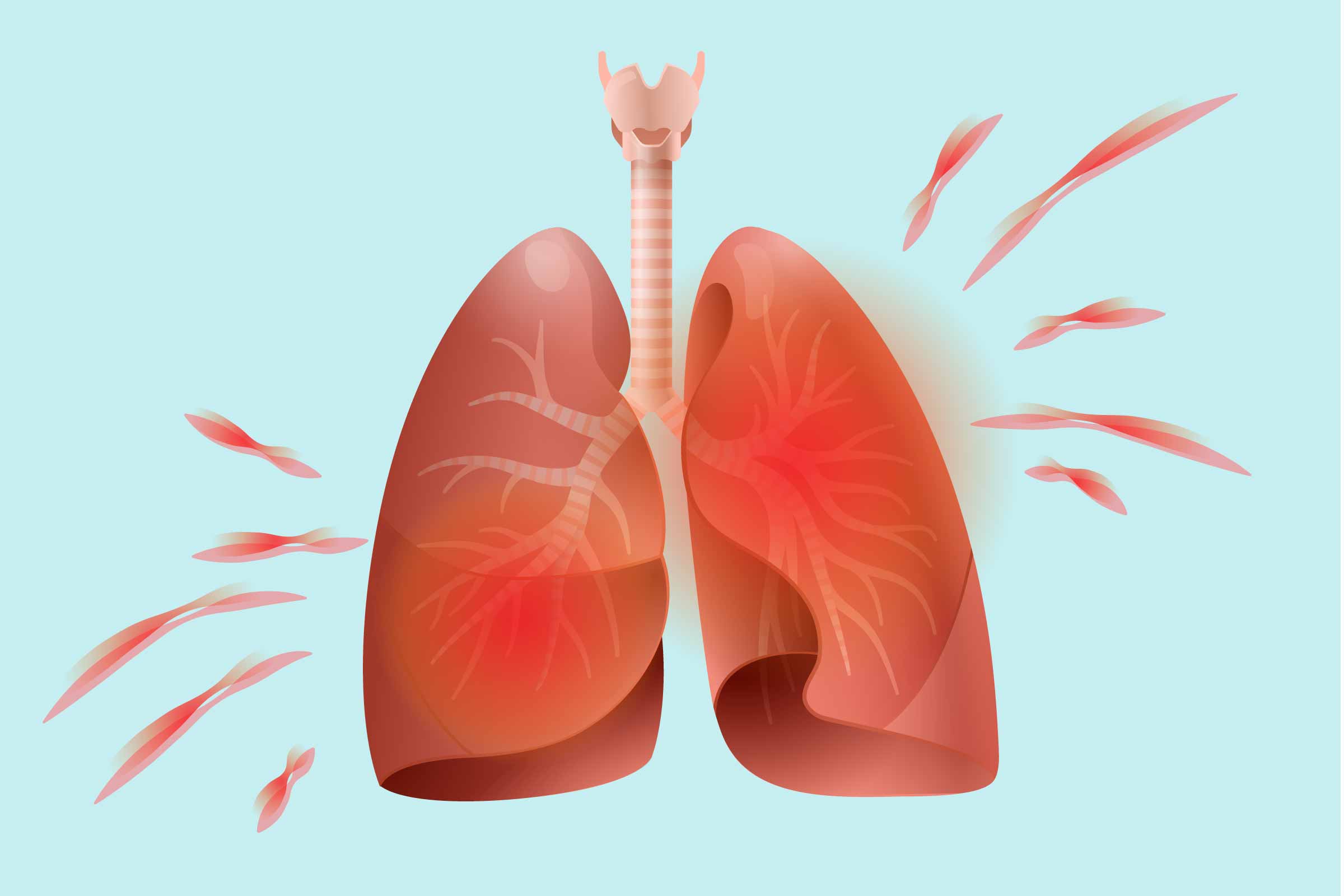Rheumatoid arthritis may start in the lungs rather than joints
A line of progression from disease susceptibility to overt rheumatoid arthritis could potentially begin with environmental factors in the lungs, as well as the gingiva, according to a presenter at the 2019 Rheumatology Nurses Society Annual Conference.
“‘Where does the disease begin?’ sounds like a silly question, but it is not a silly question at all,” Jeffrey Kaine, MD, president of Independent Healthcare Associates Inc., told attendees. “I’ve alluded to the fact that rheumatoid arthritis probably doesn’t begin in the joints, so where does it begin? You could make an argument that it might begin in the lungs. People who have high tobacco exposure, people who have exposure to silica dust or other irritants in lungs — actually peptidyl arginine deiminase, or PADI, within the lungs — can create increased amounts of citrullinated protein.”
According to Kaine, citrullination is common particularly in inflammation and stress, and is a required step in forming anti-citrullinated protein antibodies.
“Those increased citrullinated proteins in a genetically predisposed host might lead to development of anti-citrullinated protein antibodies,” he said.
Anti-citrullinated protein antibodies are more than 95% specific, and 60% to 70% sensitive for RA, Kaine added. In addition, these antibodies and rheumatoid factor complexes induce cytokine production from macrophages, he said.
According to Kaine, 70% of patients with established RA are positive for anti-citrullinated protein antibodies.
In the gingiva, it has been observed that periodontal disease is a major risk factor for developing RA.
“Why is that? Well, there is a bacteria that is a normal occupant of our gingiva called Porphyromonas gingivalis, and it occurs in about 25% of healthy people without periodontal disease, as well as in the majority of people with periodontal disease, so it is common,” Kaine said. “In addition, there are other bacteria in the area that have PADI enzymes that are also involved in citrullination, but this is the one that has been studied most extensively.”
“Again, it is the same concept — increased citrullination, but this time driven by bacteria in in the oral pharynx that leads to, ultimately, the presence of anti-citrullinated antibodies,” he added. “These anti-citrullinated antibodies then form complex antibody-antigen interactions. These then activate macrophages, and then the macrophages release all kinds of inflammatory mediators, which are pathogenic in rheumatoid arthritis.”
According to Kaine, both smoking and periodontal disease may potentially combine with genetic risk factors to eventually lead to the development of RA year later.
“The autoantibody progression is clearly defined and takes many years, and ultimately, somehow, at some point in time, the disease suddenly turns on and becomes more active and escalates from a laboratory abnormality to a clinical disease we call rheumatoid arthritis,” Kaine said. “The time frame here could be 12 to 15 years. It is not a short-term process.” – by Jason Laday









Recent Comments